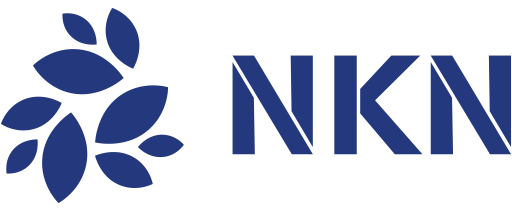First of all, in NKN system we have nodes and clients. Only Nodes need to store the blockchain data, carry out relay, and do mining. The Clients do not need to do any of that, they just use a simple SDK to send and receive data from NKN network. True IoT device, e.g. your thermostat, might just be a NKN client. While the Wi-Fi router or IoT home gateway, can be a NKN node.
Now for the full consensus nodes: at the moment, our v0.8 based testnet blockchain data is a bit over 3GB. This is accumulated since June’2018, a bit under a year. For home Wi-Fi router and Raspberry Pi, currently solution is using microSD cards or USB sticks. Both of these storage solutions are quite inexpensive (e.g. $20 for 128GB) and user installable.
We are working on a few things to reduce the local storage needs:
- Starting v0.9 Beluga and onto mainnet, we are using balance model instead of UTXO which will reduce the amount of transaction data stored on chain. This helps full consensus nodes.
- We plan to have “light” nodes which only need store the header of the blocks as well as caching only the latest blocks. There are mature mechanism to prune and caching blocks from other projects .
